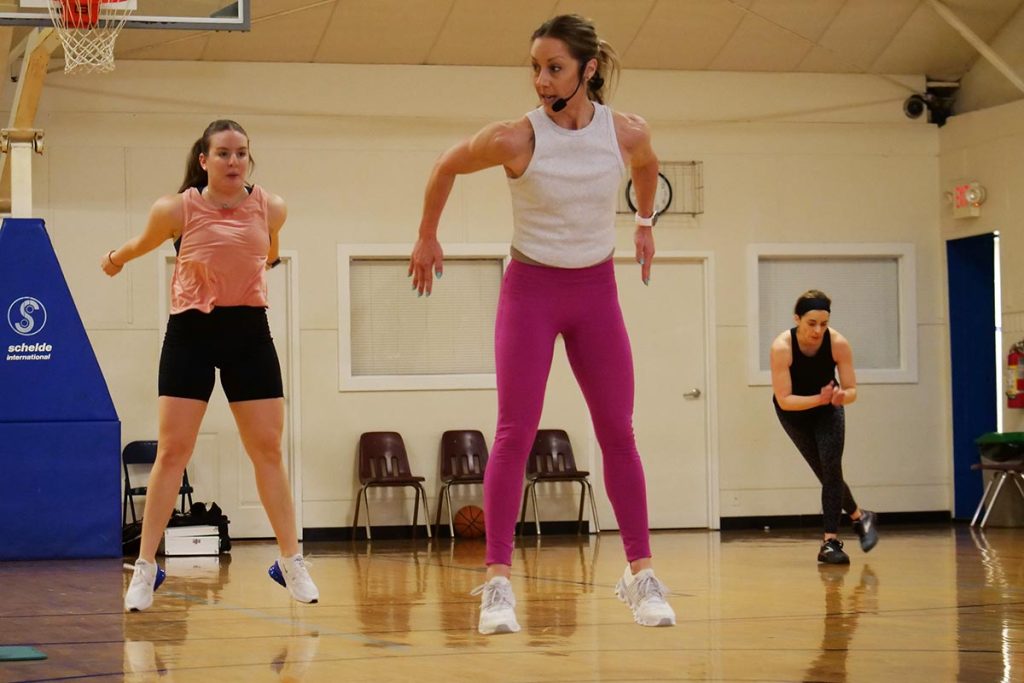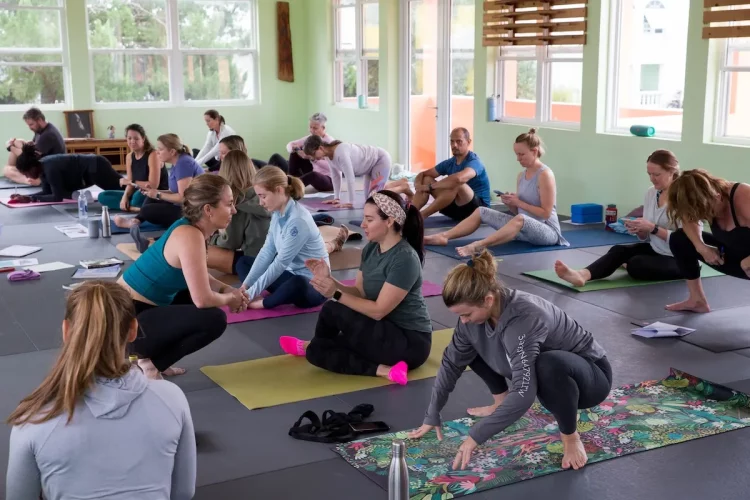Introduction: The Rise of Emotional Fitness as a Wellness Movement
In the evolving landscape of health and wellness, a new contender is emerging alongside traditional physical fitness: emotional fitness. This innovative concept centers on strengthening the emotional self much like muscles are built in a gym. Across cities worldwide, mood-focused group classes such as “emodance,” stress bootcamps, and resilience workshops are gaining traction. These classes aim to equip participants with skills to manage stress, boost emotional intelligence, and cultivate mental resilience in dynamic, social settings. This article delves into the foundations, methodologies, and benefits of emotional fitness classes, examining why they may soon be as common as cardio or yoga studios.
Defining Emotional Fitness: What Does It Really Mean?
Emotional fitness can be described as the capacity to understand, regulate, and respond constructively to one’s emotions, especially in challenging situations. Unlike traditional therapy that often targets mental illness, emotional fitness focuses on proactive emotional strengthening to enhance everyday well-being and performance. It involves training in self-awareness, emotional regulation, empathy, and coping mechanisms, often through interactive and physical modalities.
From Physical Gyms to Emotional Gyms: The Shift in Wellness Culture
The fitness industry has long focused on body strength and aesthetics, but recent decades have witnessed a growing recognition of mental health’s role in overall wellness. The pandemic accelerated interest in mental and emotional well-being, prompting innovators to blend physical activity with emotional skill-building. Emotional gyms take this a step further by offering structured classes specifically designed to exercise emotional faculties, leveraging group dynamics and embodied movement.
Popular Emotional Fitness Classes: Emodance, Stress Bootcamps, and Beyond
- Emodance: A fusion of dance therapy and emotional expression, emodance classes encourage participants to channel feelings into movement. Rooted in somatic psychology and expressive arts, these sessions help release suppressed emotions and promote joy and connection.
- Stress Bootcamps: Modeled after physical bootcamps but tailored for mental fitness, these classes combine breathing exercises, mindfulness drills, cognitive behavioral techniques, and group coaching to build stress resilience.
- Mood Yoga and Breathwork: Integrating emotional awareness with yoga postures and controlled breathing, these classes target emotional regulation and nervous system balance.
- Group Emotional Intelligence Workshops: Utilizing role-playing, active listening, and empathy training, these workshops hone interpersonal skills vital for emotional fitness.
The Science Behind Emotional Fitness Training
Emotional fitness practices draw on neuroscience, psychology, and somatic studies. Research shows that group-based emotional training enhances neuroplasticity—helping the brain form new, healthier emotional pathways. Physical movement, especially dance and breathwork, stimulates the vagus nerve, promoting parasympathetic nervous system activation, which supports relaxation and emotional regulation. Social connection in group classes boosts oxytocin and dopamine, chemicals linked to bonding and motivation, amplifying therapeutic outcomes.
How Group Dynamics Amplify Emotional Growth
Unlike solitary practices, group emotional fitness classes harness the power of shared experience. Participants witness others’ emotional expressions, which can normalize their own feelings and reduce stigma. Group support encourages vulnerability and accountability, accelerating emotional learning. Facilitators guide safe emotional exploration, making the gym not just a place for physical training but also a community hub for mental wellness.

Emotional Fitness and Stress Management: A New Paradigm
Stress remains a major global health concern, often leading to burnout, anxiety, and chronic illness. Emotional fitness classes teach concrete, actionable strategies to identify stress triggers, interrupt maladaptive patterns, and build adaptive coping skills. Regular attendance fosters emotional agility—the ability to respond flexibly to stress rather than reacting impulsively. This paradigm shift emphasizes prevention and empowerment over crisis intervention.
Real-Life Impact: Stories from Emotional Gym Participants
Numerous testimonials highlight emotional fitness classes as transformative. Participants report improved mood stability, enhanced relationships, and a greater sense of control over their emotional lives. Many also describe increased physical vitality linked to the embodied nature of the practices. These stories reveal emotional fitness as not only mental but deeply somatic and relational.
Accessibility and Inclusivity in Emotional Fitness
A key strength of emotional fitness classes lies in their inclusivity. They are accessible across age groups, fitness levels, and cultural backgrounds, with many offerings adaptable for neurodiverse individuals or those with trauma histories. Online platforms have further democratized access, allowing participation from remote locations and creating diverse emotional fitness communities.
Challenges and Critiques of Emotional Fitness Trends
Despite promising benefits, emotional fitness as a commercial trend faces critiques. Some mental health professionals caution against oversimplification of emotional complexity or potential commercialization of therapeutic practices without sufficient credentialing. There are concerns about the commodification of emotional labor and ensuring ethical facilitation. Moreover, it is important to recognize that emotional fitness classes complement rather than replace professional therapy for serious conditions.
Integrating Emotional Fitness Into Everyday Life
Emotional fitness training encourages lifelong practice beyond the gym. Participants learn to apply techniques such as mindful breathing, emotional check-ins, and expressive movement in daily contexts—at work, in relationships, or during personal challenges. The goal is to cultivate an “emotional gym” within oneself that can be accessed anytime to maintain balance and resilience.
The Future of Emotional Fitness: Trends and Innovations
As interest grows, emotional fitness may integrate with wearable tech that tracks emotional states in real time or virtual reality platforms offering immersive emotional training. Hybrid models combining AI coaching with human-led group classes are emerging. Cross-disciplinary collaborations between fitness experts, psychologists, and neuroscientists promise to refine and legitimize emotional fitness as a robust wellness field.
Conclusion: Is Emotional Fitness Poised to Join the Mainstream Wellness Movement?
Emotional fitness classes present a compelling new frontier in health innovation and mind-body wellness. By blending physical movement, group support, and emotional skill-building, they offer an engaging, proactive way to enhance mental resilience and emotional intelligence. While challenges remain, the growing popularity and evidence base suggest emotional fitness may soon become as mainstream as any gym membership—inviting us all to train our emotions with the same dedication as our bodies.











































